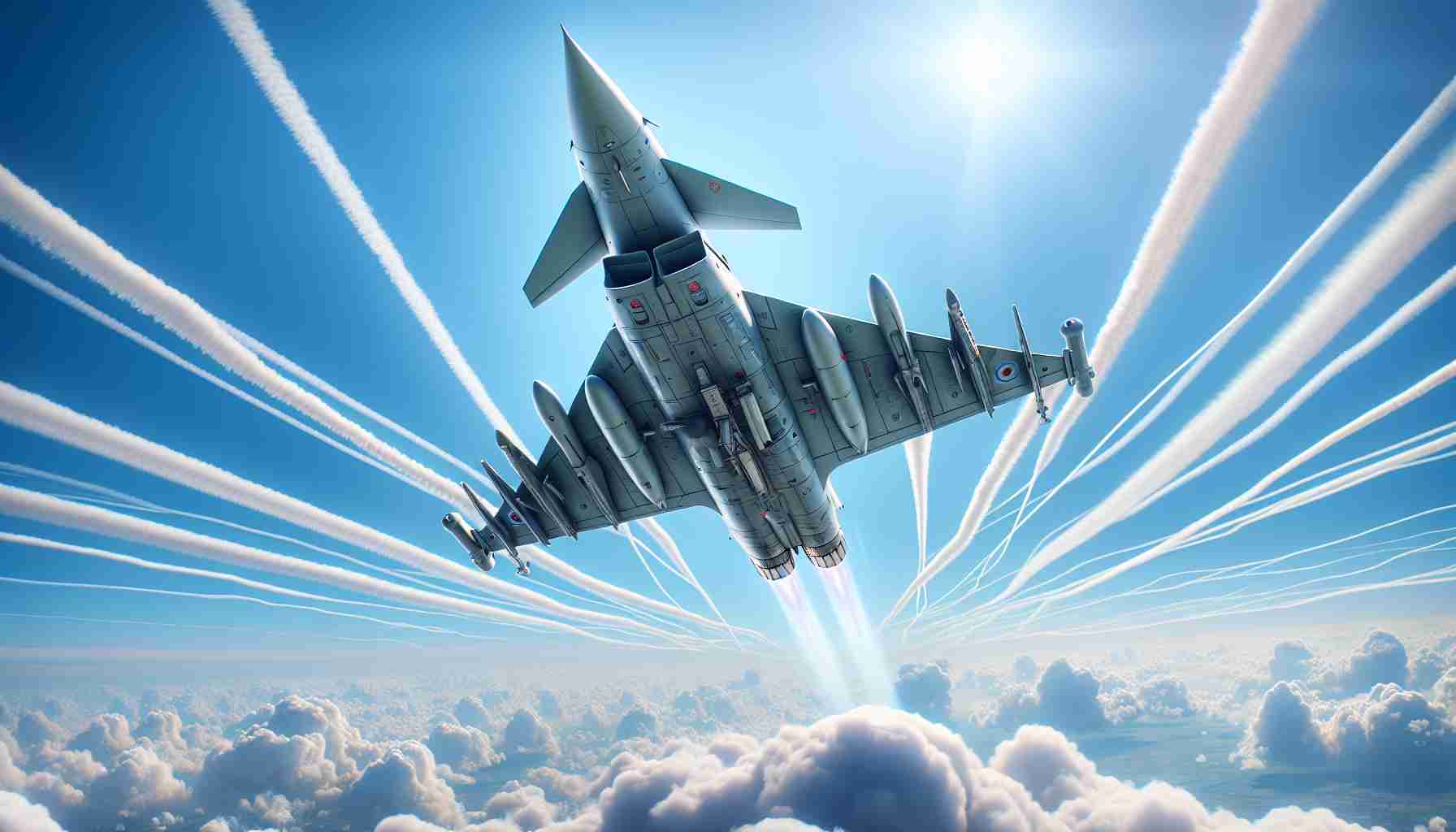The Eurofighter Typhoon is seeing a spectacular revival, with expectations of orders up to 160 aircraft. This reinvigoration follows several significant contract losses to the advanced F-35 Lightning II.
Aviation analyst Gareth Jennings recently indicated on X that Spain is nearing an agreement to purchase 25 Eurofighter Typhoon jets under its Halcon II program. This development comes shortly after Spain procured 20 Typhoons last year, hinting at the nation’s strategic interest in expanding its combat capabilities given the pending FCAS platform’s operational debut.
Although the Spanish government has yet to declare the purchase officially, there’s notable speculation regarding its inclination towards enhancing its Eurofighter fleet. As a core member of the consortium that produces the Typhoon, alongside partners like Germany, Italy, and the UK, Spain’s engagement showcases an enduring commitment to collaborative defense efforts.
Meanwhile, Germany and Italy have also shown renewed interest in the Eurofighter, with respective orders coming in May and July. Moreover, Qatar, Saudi Arabia, Turkey, and Poland are reportedly considering integrating the Typhoon into their defense arsenals. Qatar and Saudi Arabia are expected customers, while Turkey views the Eurofighter as a means to modernize its fleet post-F-35 exclusion.
The lifting of Germany’s embargo on exporting to Saudi Arabia removes one significant barrier for the consortium, whilst Turkey’s persistent efforts aim to improve their diplomatic standing with Berlin. Furthermore, growing regional threats have Poland contemplating the Typhoon to complement its existing fleet.
Poised for a resurgence, the Eurofighter Typhoon is proving to be a formidable competitor on the global stage, supporting Europe’s defense industry and expanding its economic impact. If upcoming deals solidify, production is secured until well into the future.
The Surprising Comeback of the Eurofighter Typhoon: What This Means for Global Defense
The Eurofighter Typhoon’s resurgence is reshaping the defense landscape across nations, with potential orders that could reach as high as 160 aircraft. This iconic aircraft, previously overshadowed by the advanced F-35 Lightning II, is now reclaiming its position on the global stage. But what specific ramifications does this have for people, communities, and countries?
Economic Impacts and Community Growth
The revival of the Eurofighter Typhoon spells significant economic benefits for the countries involved in its production consortium: Germany, Italy, Spain, and the United Kingdom. Increased production leads to job creation in manufacturing, research, and development sectors. Local communities surrounding production facilities are likely to see growth and increased economic activity, supporting businesses and infrastructure development.
An Enigma of Technological Rivalry
The Eurofighter’s renewed appeal highlights an ongoing competition in the aerospace defense sector. Even as the F-35 remains a favored choice for many nations due to its stealth capabilities, the Typhoon’s versatility and adaptability continue to attract attention.
An interesting fact is the Eurofighter’s adaptability in multi-role missions: air superiority, ground attack, and reconnaissance. Its continuous upgrades, like the addition of advanced radar and electronic warfare systems, keep it competitive. However, some critics point out that the Typhoon lacks the stealth features of more modern jets like the F-35.
Strategic Benefits vs. Diplomatic Controversies
The rise of the Eurofighter Typhoon extends beyond economics into strategic benefits. Countries like Spain, Germany, and Italy are enhancing their combat capabilities, ensuring greater self-reliance in their defense strategies. However, this rise is not without controversy. Germany’s decision to lift its embargo on exporting defense equipment to Saudi Arabia sparked debate over arms trade ethics, given Saudi Arabia’s involvement in regional conflicts.
Furthermore, Turkey’s interest in the Typhoon, seen as an alternative after their exclusion from the F-35 program, adds complexity to geopolitical alliances. Turkey’s potential procurement could influence its diplomatic relations, particularly with Germany and other NATO allies.
Advantages and Disadvantages of the Eurofighter’s Resurgence
Advantages:
– Strengthens European aerospace industry and economic growth.
– Enhances defense capabilities with a multi-role fighter jet.
– Diversifies aircraft options for countries, reducing dependency on any single defense supplier.
Disadvantages:
– Compared to newer aircraft, some perceive a lack of cutting-edge stealth technology.
– Involvement in controversial arms trades could lead to diplomatic strains.
– Potentially increased tensions in regional arms races.
Key Questions Answered
Why is the Eurofighter Typhoon suddenly popular again?
Recent geopolitical tensions and the need for reliable, multi-role aircraft have reignited interest in the Typhoon. Its consortium-backed production ensures reliability and strategic partnerships.
What are the broader implications of these aircraft purchases?
They signify a shift in defense strategies towards broader European collaboration, reduced dependency on non-European military technology, and increased economic investments in the defense sector.
For more information on defense strategies and the aerospace industry, consider visiting [Airbus](https://www.airbus.com/), one of the Eurofighter Typhoon’s main producers.







